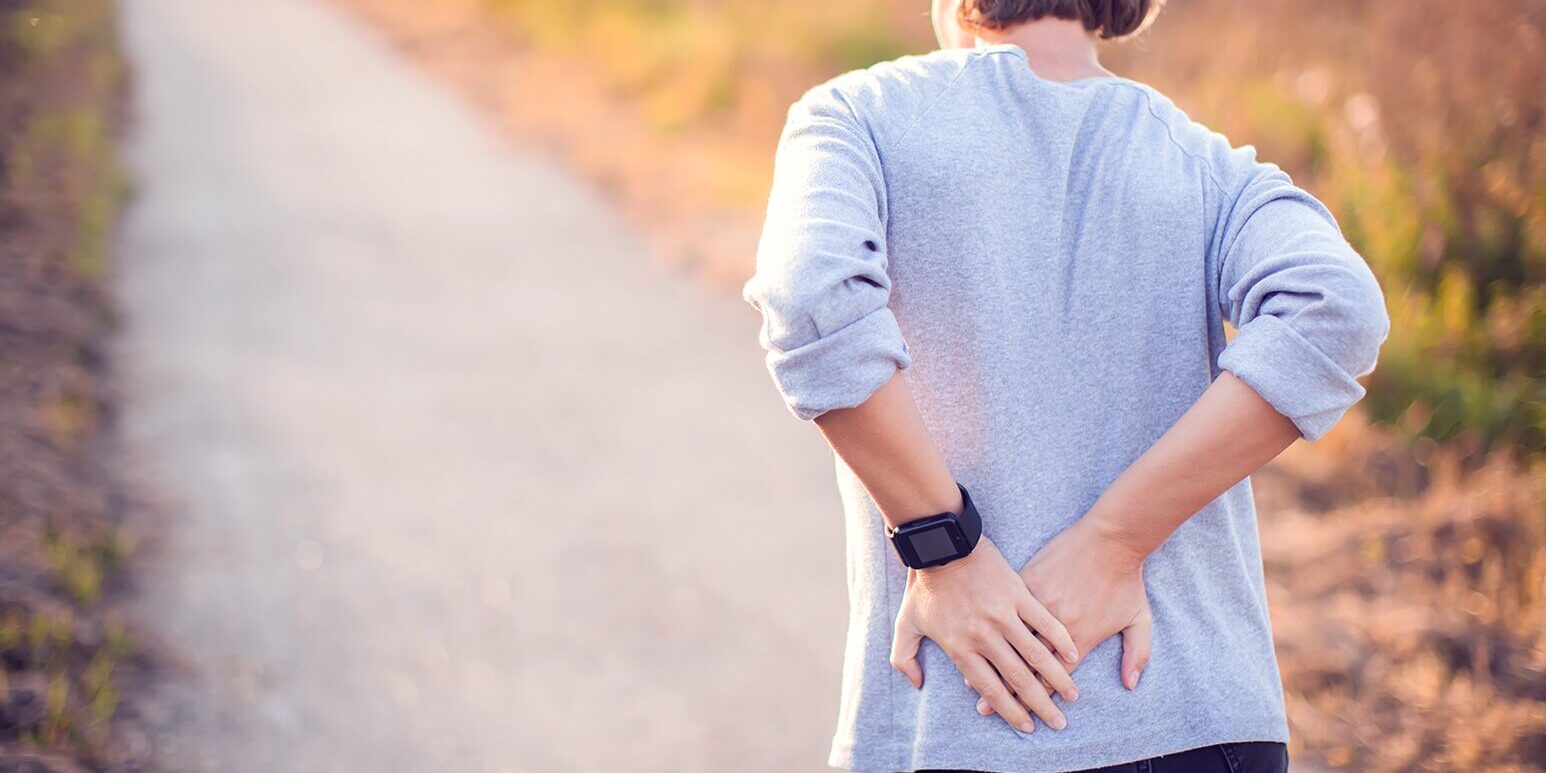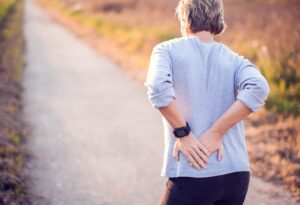Dear Physical Therapist,
I’m an avid runner and walker, striving for at least 10,000 steps a day. Recently, I’ve developed tightness and soreness in my hip after these activities. The pain even radiates sometimes, making it difficult to maintain my routine. I’m worried I might be doing something wrong with my form or pushing myself too hard. What can I do to ease this pain and stay active?
Sincerely,
Hip-sore Runner
Dear Hip-sore Runner,
It’s great that you’re committed to an active lifestyle! Hip pain is a common complaint among runners and walkers, and it can stem from a variety of causes. Let’s explore some causes and solutions:
Possible reasons for your hip pain could include overuse. While 10,000 steps is a commendable goal, a sudden increase in activity or mileage can overload the hip joint and surrounding muscles, leading to pain and inflammation. Tightness or weakness in certain muscles around the hip, such as hip flexors, glutes, or hamstrings, can disrupt proper mechanics and contribute to pain. Improper footwear can also place stress on the hip joint. It is also important to consider that hip pain could be a symptom of an underlying condition such as arthritis, bursitis, or a labral tear.
To ease the pain and maintain an active lifestyle, you can try several strategies.
- Try to avoid putting too much strain on your hip. It is great to keep moving if you can, but try not to overdo things.
- Regularly apply an ice pack to the painful area for up to 20 minutes every two to three hours.
- Over-the-counter painkillers such as ibuprofen also help manage the pain.
- Make sure you are wearing comfortable, shock-absorbing shoes with soft soles to cushion the impact on your hips.
- If you are overweight, losing weight can significantly reduce stress on your hip joints.
- Stretching before heading out for a walk or run can help improve flexibility and range of motion.
- It is also important to speak with your physician if your pain persists. There could be an underlying cause for your pain.
Joint pain is largely multifactorial. Exercise is important. But incorporating behavior modifications and increasing the quantity and variety of fruits and vegetables in your diet can help ensure that your recovery is long-lasting.
Don’t let hip pain keep you on the sideline. With the right approach, you can get back to enjoying your active lifestyle pain-free. Schedule a consultation with a physical therapist to get a proper diagnosis and a personalized plan to address your specific needs.
Sincerely,
Kristen Kane, Physical Therapist
Mather Hospital
Resources:


